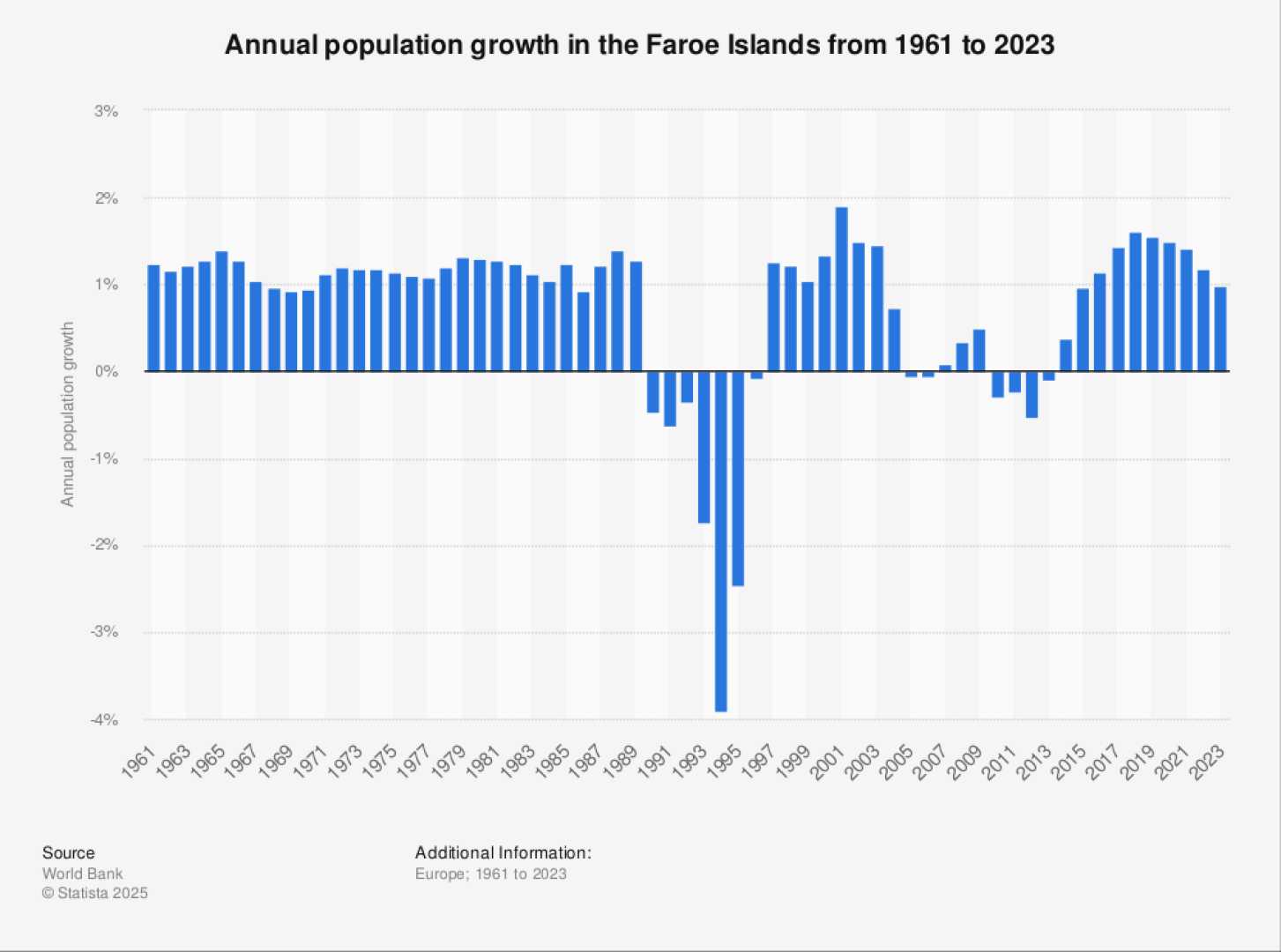News
Faroes Reverse Depopulation Trend with Innovative Strategies

VÁGGER, Faroe Islands — The Faroe Islands, a self-governing Danish territory, have turned around a troubling population decline over the last two decades. Once losing thousands of young residents to migration, the islands have seen a youth boom, with an increase of 3,000 people under 40 years old since 2013.
The population shift comes after years of depopulation, during which many young Faroese left for education and job opportunities abroad. Between 2004 and 2013, more than 2,700 residents under 40 left the islands. Today, the Faroe Islands boast a median age of 37.1, making it the youngest demographic in the European Union.
A significant factor in reversing depopulation is improved connectivity. The construction of world-class undersea tunnels has made commuting between the islands easier, fostering economic activity and encouraging new residents to explore these once-isolated communities.
High-speed 5G internet now available across the islands supports remote work, enabling residents to maintain jobs while enjoying life in the Faroe Islands. This has made it easier for young professionals to choose to live and work in their homeland.
Ambitious pro-family policies also play a crucial role. The islands offer a year of paid parental leave, subsidized childcare, and affordable housing. These measures alleviate economic pressures and enhance the quality of life for families.
Moreover, a cultural shift is evident in the islands. Local pride is stronger than ever, with over 90% of residents speaking Faroese as a first language. Faroese products, such as beer and whisky, increasingly outsell international brands in local shops and pubs, showcasing the community’s commitment to supporting local enterprises.
While the success of the Faroe Islands is notable, challenges remain. The territory’s geographical and economic advantages, including access to EU markets through fishing rights, may not be replicable in other regions facing similar challenges. However, one clear lesson emerges: the islands encourage young people to gain experience abroad, with the expectation that most will return.
Overall, the Faroes’ effective approach to population retention and growth may inspire other communities grappling with similar depopulation concerns. The question remains: how can other regions create an appealing environment that encourages their youth to return?












